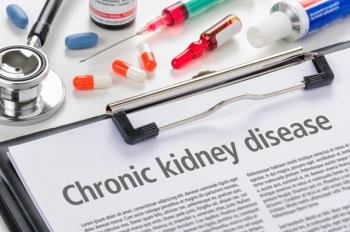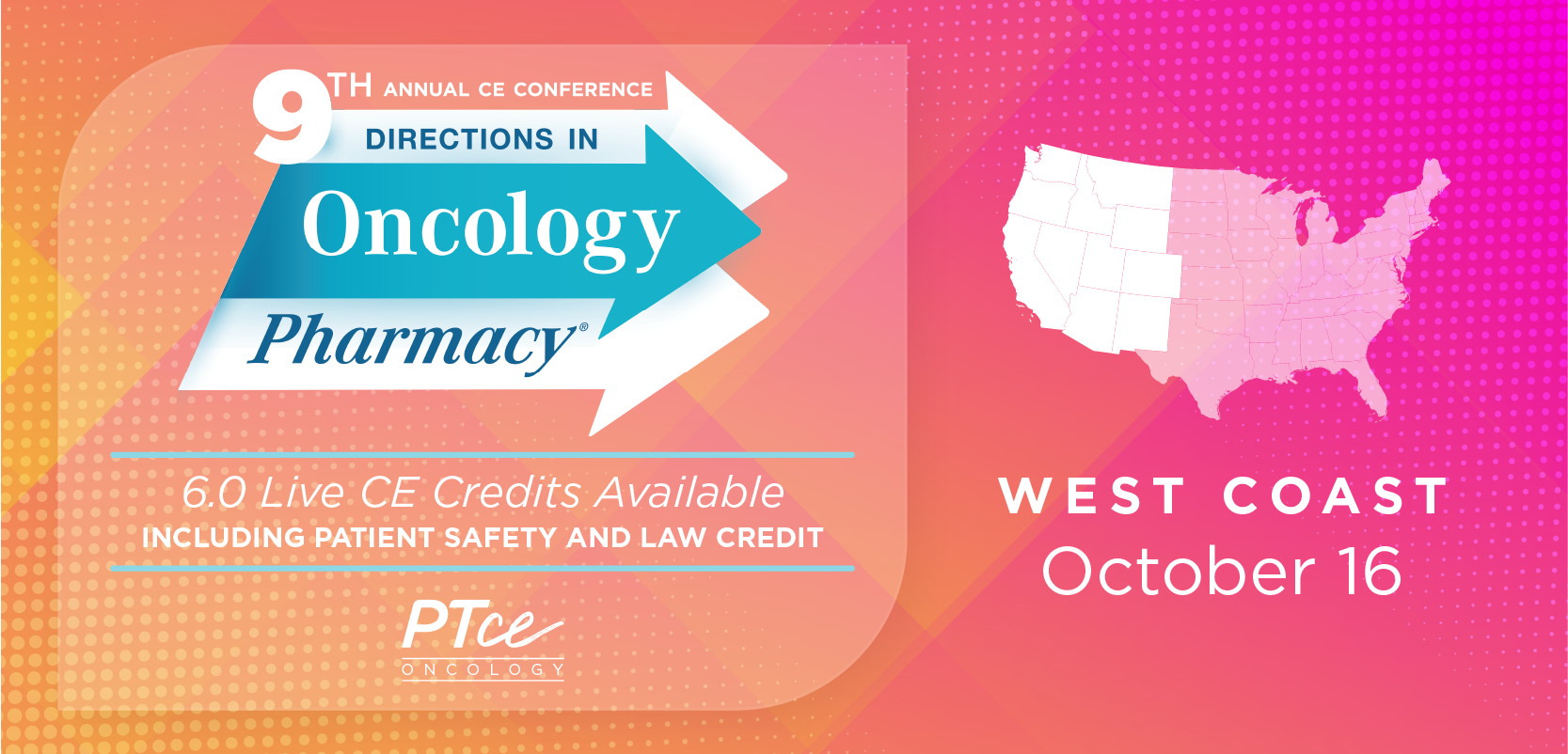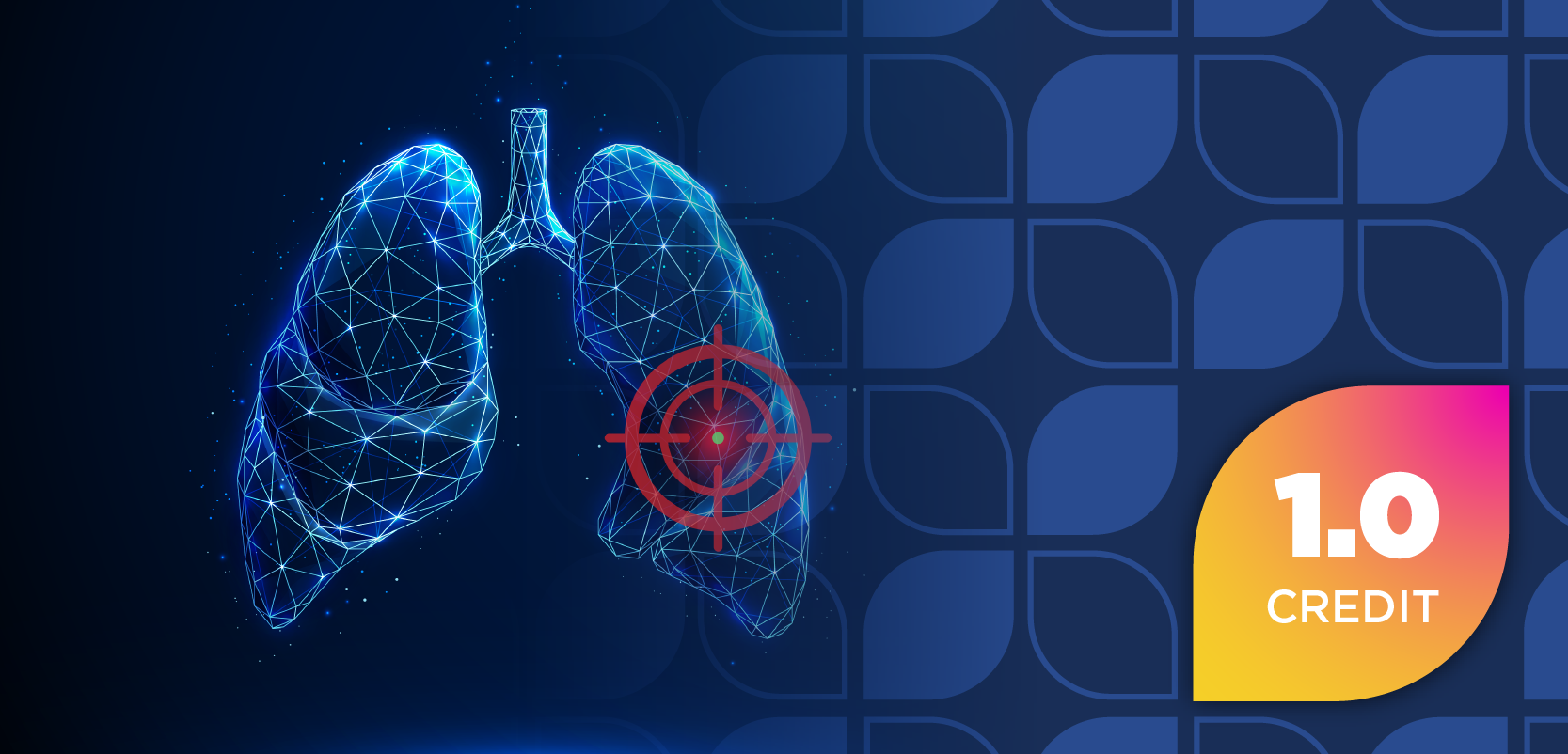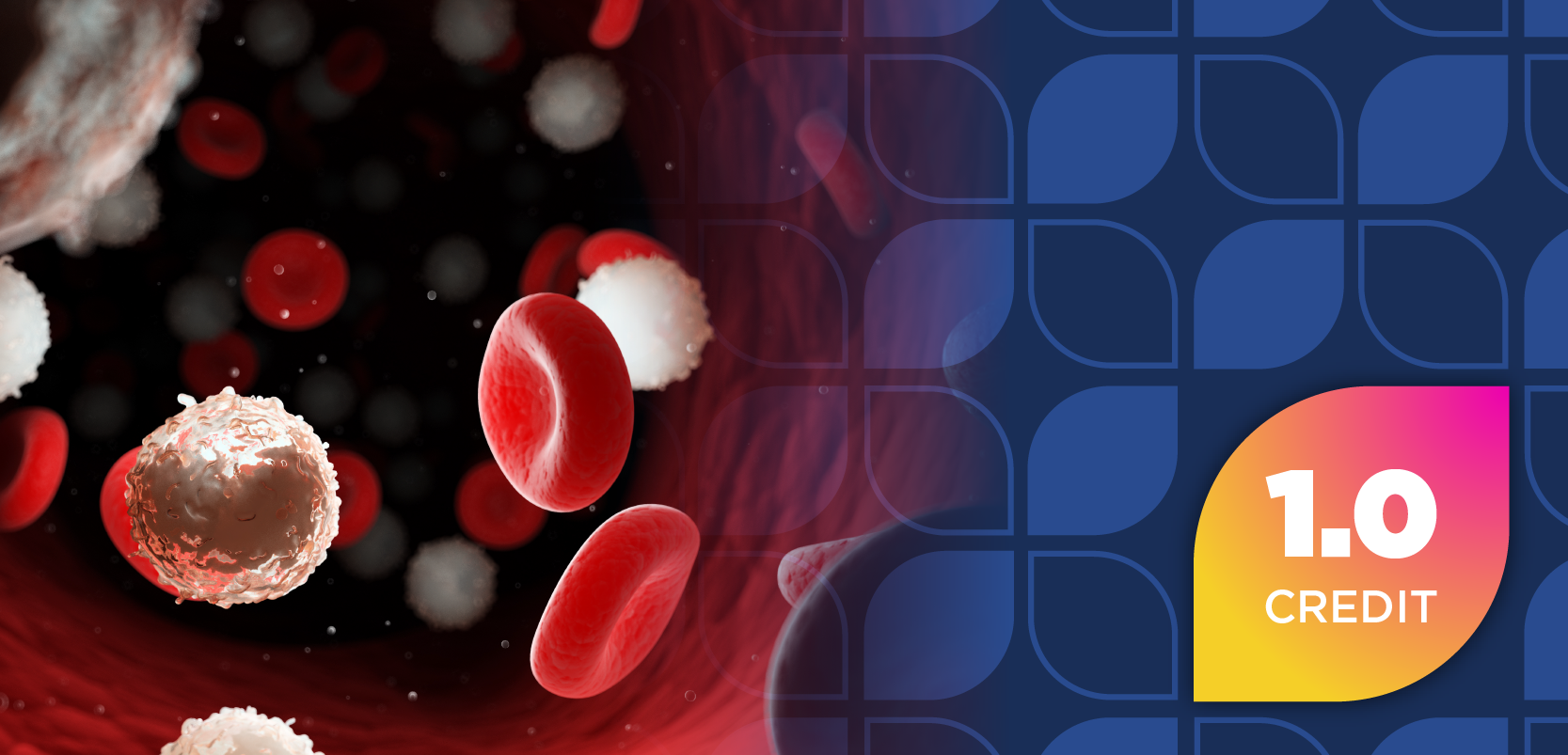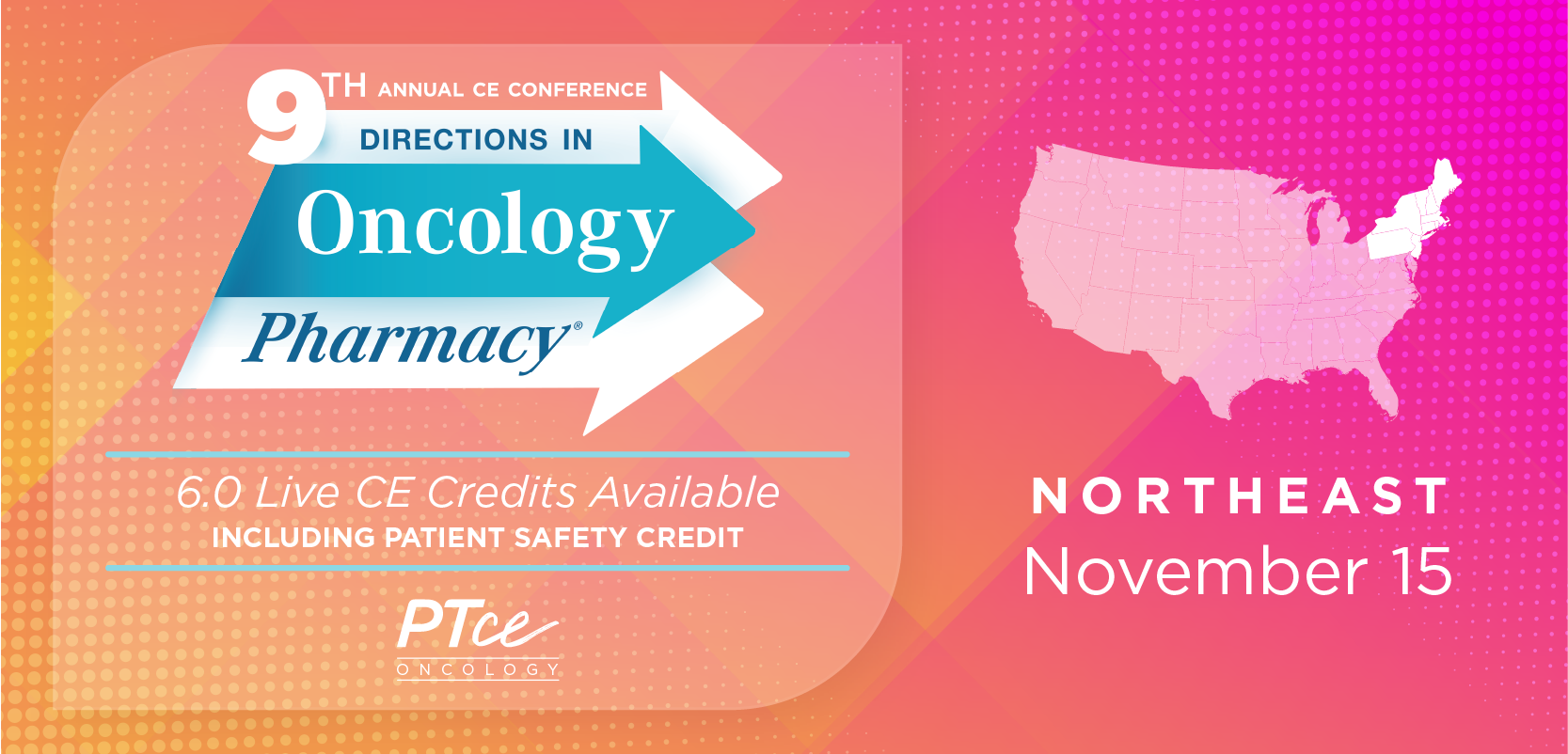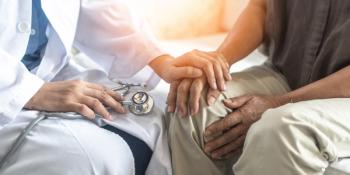
Pharmacists Can Prepare for Growing Role in Holistic Health and Wellness Efforts
Rina Shah, PharmD, discussed the growing role for pharmacists in encouraging holistic health and wellness for patients.
In an interview with Pharmacy Times at the National Association of Chain Drug Stores (NACDS) 2022 Total Store Expo, Rina Shah, PharmD, group vice president of Pharmacy of the Future and health care segment strategy at Walgreen Co., discussed the growing role for pharmacists in encouraging holistic health and wellness for patients.
Q: Health equity has become a major focus for health care over the last several years. What role does pharmacy play in improving health equity?
Rina Shah, PharmD: Yeah, I think that it's something that even before health equity was the word that was out there everywhere, pharmacy has been playing a role in health equity since the beginning of time. Pharmacies, and specifically Walgreens, is within 80% of 5 miles of patients that live across the country. And when you look at all pharmacies, pharmacies are located within 5 miles for 90% of the US population. So, when we think of access to care, many of the communities we serve within pharmacy are really the first point of contact for patients that are looking for not only their pharmacy needs, but even just to navigate where do they want to go for help? Should I see the doctor, take an OTC recommendation?
So, it's been something that we've been doing from the beginning, but in the last couple of years, it's definitely skyrocketed. You know, we've been able to expand vaccination services and testing services in areas that we know require increased access to care in a different capacity than we have in the past.
Q: How do pharmacists’ positions as the most accessible health care providers enable them to help patients make lifestyle changes such as improving their diets or fitness levels?
Rina Shah, PharmD: Yeah, you know, at least at Walgreens, the way we're looking at it is that we're looking at it around 3 specific pillars. The first one is prevention, and so around prevention we’re educating our patients about immunizations, vitamins, making sure that everyone is staying healthy and going through screenings, making sure that they understand how they have access to those types of services and why it's important. And it's not only on the prevention side, then it's treatment. So, if something does happen, making sure that we're understanding, and our patients and our customers know what they can do for treatment. It may be OTC products, may be things that are behind the counter. And then it's management. So, a key component is in someone that's diabetic, it's important that they get an A1c test every couple of months just to make sure that they're managing their diabetes. We spend quite a bit of time just educating our pharmacists and our technicians so that they can talk to their customer base about what tools and resources they have. And that not only is on testing side, but it's nutrition and making sure that there's healthy choices and what they can do, just, you know, taking steps and making sure that they're leading that health care life that we need them to, so that they can stay healthy. So, it's been great to see. we have about 15 to 20 stores in Chicago, where we're testing out different ideas to help increase access, especially in underserved communities. And so we call them our incubator sites. And so we test out different pilots and ideas and see what sticks and depending on what sticks, we go ahead and launch it nationwide.
Q: What potential policies are being discussed or have been enacted to enable improved health and wellness?
Rina Shah, PharmD: You know, it's really critical. We learned through the pandemic that when you expand scope of practice to let pharmacists utilize their full license and then you also have a reimbursement method so that our pharmacists and pharmacy technicians can get paid for that, the sky's the limit. We've seen vaccination rates and testing, access to testing services specifically in underserved communities increase and we've been able to see an impact because of that. So, from a policy standpoint, we're really taking what we've learned from the pandemic and expanding that. And so, there is a bill at the federal level that we've submitted—HR 7213, for those that may not be as familiar with it—but really, that's intended to expand scope so that our pharmacists can continue down that path of increasing access to care, specifically in underserved communities. And then working at the state level so that at the state level, we're able to also enable different capabilities—maybe flu tests and treat, HIV PrEP and PEP exposure, working with providers in the community, so that we can augment what our providers and our nurses are doing and then leveraging our pharmacists to help complement what's happening.
Q: How do health and wellness needs and goals vary between different communities?
Rina Shah, PharmD: At the end of the day, health care is local. So, you know, it's important that we have aggregate goals, but really, what's needed in Chicago is very different than what might be needed in a suburb in Texas, or in Atlanta. And so that's where it's really important that we leverage data and actionable data in the right way. And so, we've been partnering with the CDC and other entities to take localized information to customize our programs so that it does meet the needs of the community. And so, we do have goals, again, at the aggregate, we know that we want specific immunization rates, we want to make sure patients are adherent 90% of the time, but then how we are able to get there really is dependent on what's needed in that local community.
Q: How can policies and efforts be shaped to respond to those varying needs?
Rina Shah, PharmD: You know, the infrastructure is what needs to truly be refined. And so, if we're able to expand access to care by expanding scope and making sure that there's reimbursable services that our teams can provide, then there's flexibility in the system so that it does meet the needs of the local health care, or the requirements of the communities we're serving. And so really, at the federal and state level, if we can keep it as broad as possible, it just allows for much more autonomy and what's needed locally at the end of the day.
Q: Where do you see pharmacists’ roles going in the future with regard to health and wellness efforts?
Rina Shah, PharmD: Yeah, I'm very excited about what the future of pharmacy can look like, especially the impact we've made in underserved communities. What that has shown is that there is a need, that there are health care deserts across the country, there are patients that are not able to get access to care. And our pharmacists, our pharmacies, are well positioned to be able to serve that. But there's a lot of things that need to happen. We're transforming the model as we speak. You know, it's important that we alleviate and take a lot of the work that's currently in the pharmacy and automate that, digitize it, being able to leverage technology. And so, we at Walgreens are spending a lot and investing so that we can really make it so much more efficient for our teams, so that our pharmacists and team members are able to then pivot and focus in on these additional care services. And so, I'm excited over the next 18 months, a lot is going to change. You know, we're looking to radically change that model so that we can provide the services and help our patients in a different way than we have before.
Q: This all seems to be part of a larger trend focused on holistic health for the individual patient. How does that expanded focus change pharmacists’ roles?
Rina Shah, PharmD: Yeah, you know, we already play a critical role in making sure patients are adherent to therapy. But we know that, for example, if someone's diabetic, or someone just recently got diagnosed with HIV, it's much more comprehensive in what we need to provide. So, for diabetes, nutrition, health, being able to connect with the provider, offering testing services, identifying gaps in care, you know, ensuring patients know that they need to get an eye exam and a foot exam. Those are aspects that we're working towards, so that our pharmacists are able to play that navigation role, where they themselves may not be the expert, but they can direct patients to the appropriate resource. Hence our investment in and our partnerships with Village Medical and making sure that we have primary care in our locations are having an app called Find Care so that if our pharmacists identify a gap, they're able to navigate the patient through online resources that that can help them manage their conditions, to the point of just that individual prescription, really looking at it comprehensively so that we're helping that patient end to end.
Q: Is there anything you would like to add?
Rina Shah, PharmD: You know, I just I think that our pharmacists, and all pharmacists in general, are just incredible public servants, and what has been accomplished through the pandemic has been absolutely incredible. And so just a big thank you to all of our pharmacy teams for what they do every day to serve their communities. And I'm really looking forward to what next looks like so we can continue to improve the experience not only for our team members, but ultimately for our patients.
Newsletter
Stay informed on drug updates, treatment guidelines, and pharmacy practice trends—subscribe to Pharmacy Times for weekly clinical insights.

